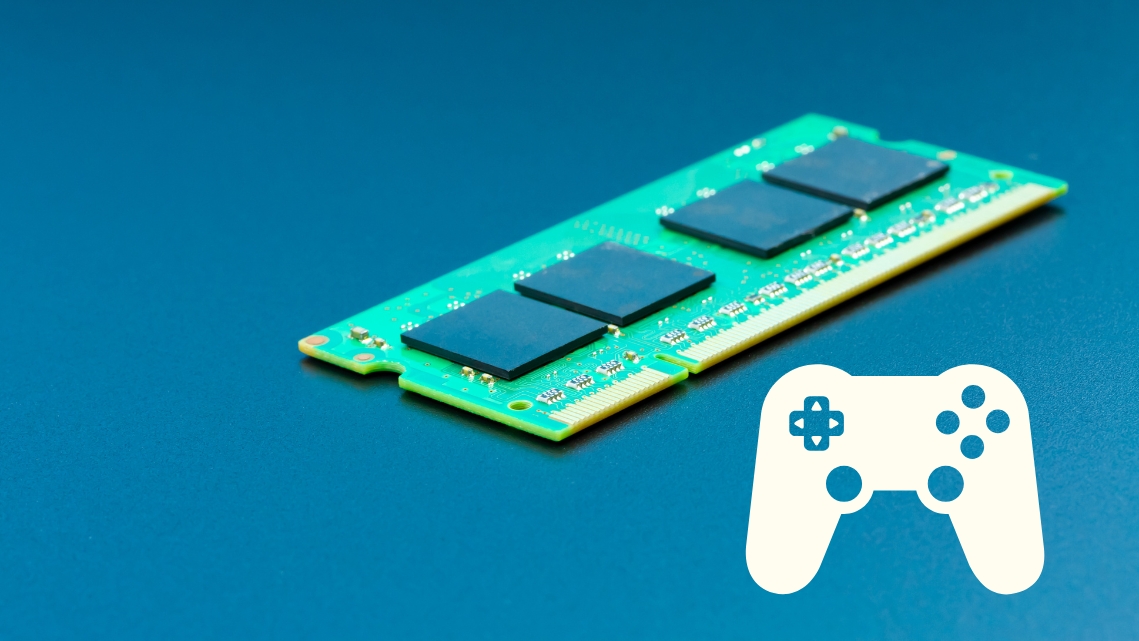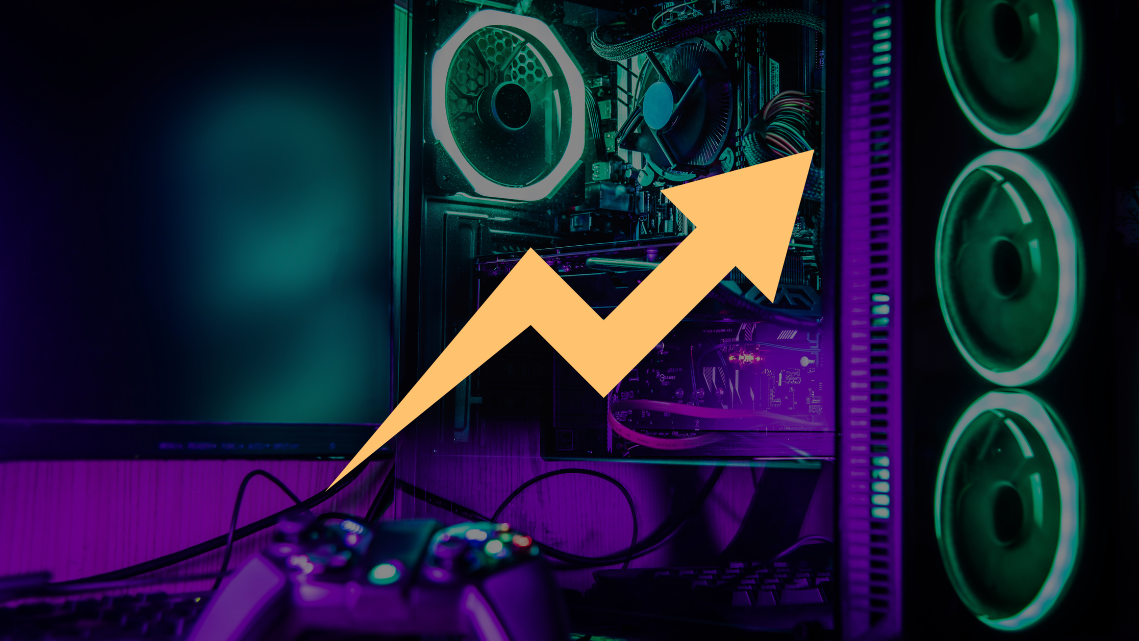Keeping your computer’s keyboard and mouse clean is essential for maintaining their performance and longevity. Over time, dirt, dust, and debris can accumulate on these input devices, leading to sticky keys, unresponsive buttons, and overall poor functionality. Regular cleaning not only improves their appearance but also ensures optimal functionality. In this blog, we will explore the step-by-step process of cleaning your computer’s keyboard and mouse.
Before you begin cleaning your keyboard, gather the following tools:
- Isopropyl alcohol or keyboard cleaning solution
- Cotton swabs or soft microfiber cloth
- Compressed air canister
- Small brush (such as a clean, dry toothbrush)
To prevent accidental key presses or damage, power off your computer and disconnect the keyboard from the USB port or wireless receiver.
Hold the keyboard upside down and gently shake it to dislodge any loose debris, crumbs, or dust that may have accumulated between the keys.
With the help of a compressed air canister, blow air between the keys to remove finer particles and dust. Ensure you hold the canister upright and use short bursts of air to avoid damaging the keyboard’s internal components.
Use a clean, dry toothbrush or a soft brush to gently scrub the keyboard base, including the areas between the keys. This will help remove any remaining dirt or dust.
Dampen a cotton swab or soft microfiber cloth with isopropyl alcohol or a specialized keyboard cleaning solution. Gently rub the keys and surrounding areas to remove grime, fingerprints, and stains. For stubborn residue, you can use a small amount of mild soap diluted in water.
Allow the keyboard to air dry completely before reconnecting it to your computer. Ensure there is no moisture left to prevent damage.
Before you begin cleaning your mouse, gather the following tools:
- Isopropyl alcohol or electronic-safe cleaning solution
- Cotton swabs or soft microfiber cloth
- Compressed air canister
- Small brush (such as a clean, dry toothbrush)
Turn off your computer and disconnect the mouse from the USB port or wireless receiver.
Dampen a soft microfiber cloth or cotton swab with isopropyl alcohol or an electronic-safe cleaning solution. Gently wipe the exterior surfaces of the mouse, including the buttons and scroll wheel, to remove dirt, fingerprints, and smudges.
Inspect the sensor area located on the bottom of the mouse. Use a cotton swab lightly moistened with isopropyl alcohol to clean the sensor lens and remove any dust or debris that may affect its tracking performance.
Ensure the mouse is completely dry before reconnecting it to your computer or turning it back on.
With the help of a compressed air canister, blow air around the buttons and crevices to dislodge any loose particles. This will help remove debris that may affect the mouse’s functionality.
Here are some helpful links for further information on cleaning computer keyboards and mice
By regularly cleaning your computer’s keyboard and mouse using the correct techniques, you can ensure their longevity and optimal performance.





